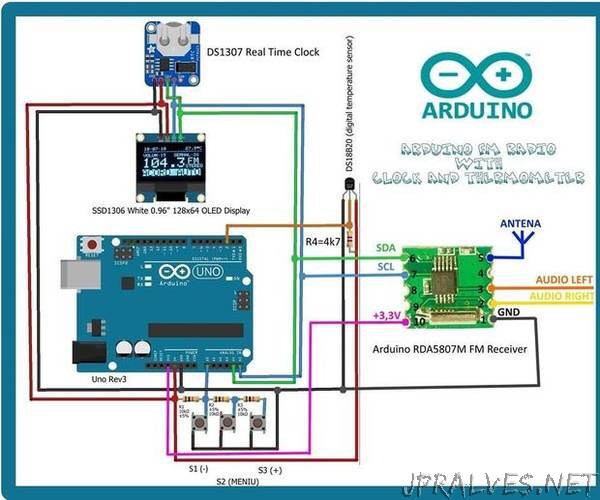
“The FM broadcast band, used for FM broadcast radio by radio stations, differs between different parts of the world. In Europe, Australia[1] and Africa ((defined as International Telecommunication Union (ITU) region 1)), it spans from 87.5 to 108 megahertz (MHz) - also known as VHF Band II - while in the Americas (ITU region 2) it ranges from 88 to 108 MHz. The FM broadcast band in Japan uses 76 to 95 MHz. The International Radio and Television Organisation (OIRT) band in Eastern Europe is from 65.8 to 74.0 MHz, although these countries now primarily use the 87.5 to 108 MHz band, as in the case of Russia. Some other countries have already discontinued the OIRT band and have changed to the 87.5 to 108 MHz band.Frequency modulation radio originated in the United States during the 1930s; the system was developed by the American electrical engineer Edwin Howard Armstrong. However, FM broadcasting did not become widespread, even in North America, until the 1960s.
A signal may be carried by an AM or FM radio wave.
FM has better noise (RFI) rejection than AM, as shown in this dramatic New York publicity demonstration by General Electric in 1940. The radio has both AM and FM receivers. With a million-volt arc as a source of interference behind it, the AM receiver produced only a roar of static, while the FM receiver clearly reproduced a music program from Armstrong’s experimental FM transmitter W2XMN in New Jersey.
In telecommunications and signal processing, frequency modulation (FM) is the encoding of information in a carrier wave by varying the instantaneous frequency of the wave. In analog frequency modulation, such as FM radio broadcasting of an audio signal representing voice or music, the instantaneous frequency deviation, the difference between the frequency of the carrier and its center frequency, is proportional to the modulating signal.”
